Top 7 Foods To Boost Your Immunity
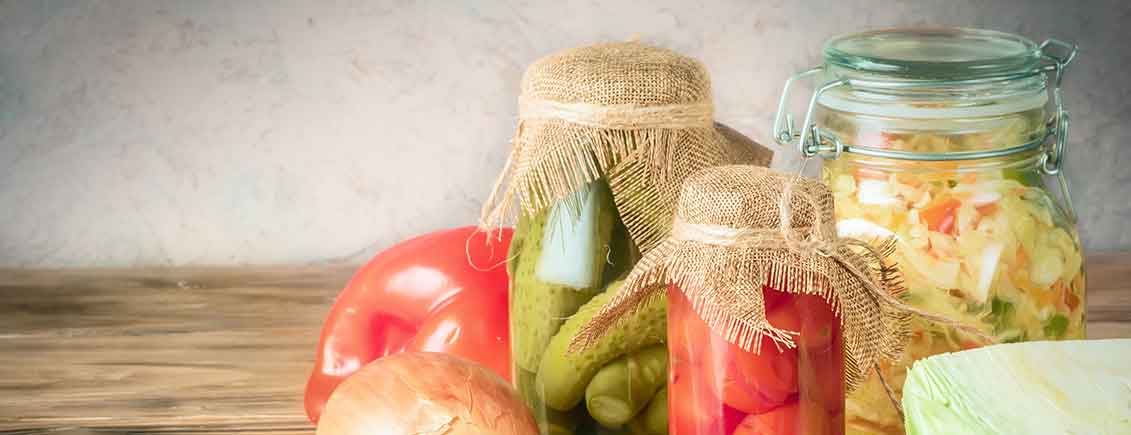
Author Aiden Goggins, BPharm, MSc NutrMed Last updated 15th April 2020
- Ingredients & Nutrition
Now more than ever people are hungry to know what to eat to keep our immune systems in tip-top shape. In this article award winning pharmacist and medical nutritionist Aidan Goggins reveals the top seven immune boosting foods to add to your diet today.
- Shiitake Mushrooms
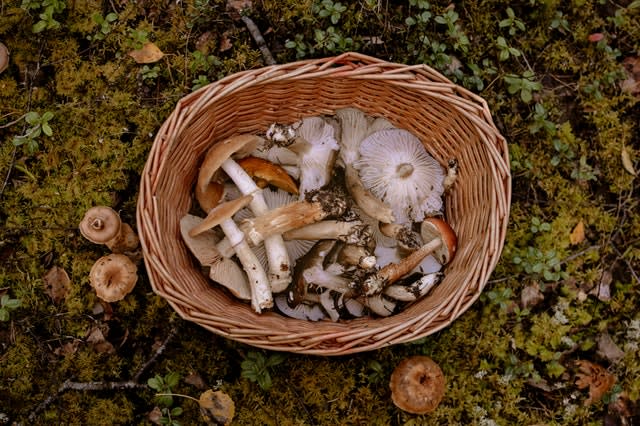
The most popular edible mushroom in the world, a result of its rich savoury taste. Shiitake mushrooms have been prized for millennia in Western Medicine as medicinal mushrooms, to boost immunity and stave off sickness.
The benefits are primarily down to its rich content of polysaccharides called beta glucans, the most important in shiitake is called lentinan. These are extremely clever molecules stimulating the immune system when needed (periods of being run down) and restraining it when excessively activated (such as allergy or autoimmune disease).
A study from the University of Florida showed increased immunity in healthy people who ate a cooked shiitake mushroom every day for four weeks. Shiitake consumption improved the function of the immune system in both the gut and blood cells. While the immune response was enhanced, inflammation was reduced 1.
Shiitake is best consumed as a whole food with studies showing a serving provides substantially more beneficial Beta Glucans than typical supplements for sale.
Choose sun-dried Shiitake as they are one of the few rich dietary sources of vitamin D, a crucial nutrient for immune function and resisting colds and flus 2.
- Kiwifruit

Kiwifruit are nutritionally rich, containing an array of important phytonutrients. But it is its exceptionally high content of vitamin C which elevates it above other food at around 90mg/ 100g in the standard green variety and a whopping 160mg/ 100g in the Gold (Sunsweet) variety - almost three times the amount found in oranges 3.
Our white blood cells, responsible for defending the body against invading pathogens, have a high demand for vitamin C especially when we are fighting off colds and flus 4.
In older adults, consumption of Gold Kiwi fruit daily significantly reduced the duration and severity of Upper Respiratory Tract Infections compared to eating bananas. While study participants consumed four kiwifruit a day the research suggests similar benefit would be achieved by eating two kiwis a day 5.
Gold kiwi are identified from Green kiwi by their smooth, hairless, bronze-coloured skin with a bright yellow flesh inside.
Kiwi is best consumed as a part of a meal because of its content of actinidin, a unique proteolytic enzyme in kiwifruit which breaks down protein and facilitates healthy digestion, as well as its substantial vitamin C content significantly increasing absorption of dietary plant iron sources.
- Fermented Foods
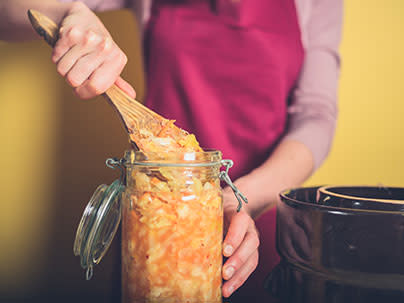
In the past the fermentation of foods was necessitated as a means of preservation, its health benefits yet unknown.
In recent years though we have discovered certain fermented foods have undisputed immune promoting properties. These fermented foods are those that maintain their content of live organisms (probiotics) such as sauerkraut, yogurt, kefir and kimchi.
Housing around 70% of our immune cells, our gut controls and deals with every aspect of our health. The probiotic content of ‘live’ fermented foods support gut health by contributing to the diversity of the beneficial bacteria that reside there. They also produce bioactive metabolites which support our wellbeing.
Thus, ingestion of these probiotics, especially in fermented foods, is found to confer substantial benefit for gut health. They are now linked to benefits for metabolic syndrome, heart disease, inflammatory bowel diseases, and even our mood and stress levels 6.
Kimchi, a traditional Korean dish made with salted, fermented vegetables is a great way to add a shot of immune boosting nutrients to a meal.
It typically consists of cabbage and seasonings like sugar, salt, onions garlic, ginger, and chili peppers and can provide up to 1 billion beneficial lactic acid bacteria per gram, making it more potent than most commercial probiotics on the shelves.
- Dark Berries
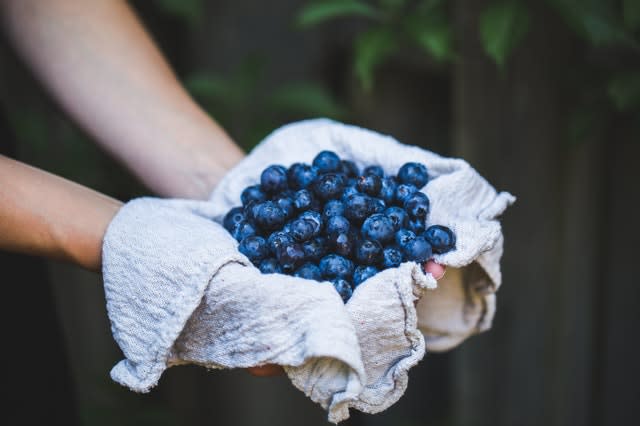
Dark berries contain a bounty of phytochemicals, but of these it is the anthocyanins, which give their vibrant dark colour, that confer the greatest impact on our immune health.
They can greatly affect the course of disease processes by counteracting oxidative stress and reducing inflammation through stimulating the production of antioxidants in the body. Population studies now associate regular, moderate intake of anthocyanin rich berries with reduced risk of cardiovascular disease, death, and type 2 diabetes, and with improved weight maintenance and neuroprotection 7.
One berry which has caught the attention of researchers is elderberry, being rich in both anthocyanins and polysaccharides. These molecules can bind to specific proteins present on the surface of certain viruses inhibiting their ability to flourish within the body. A recent meta-analysis of the research conducted on elderberry found the extract to be effective in mitigating the duration and severity of flu symptoms in several strains of influenza viruses 8.
Elderberries are a source of dietary cyanide and should only ever be eaten in cooked form, which removes the toxin, or consumed as a commercial extract.
Alternatively, for an everyday anthocyanin rich berry with a wealth of research supporting its health benefits choose blue berries. They can be consumed all year with frozen varieties, which maintain almost 90% of the anthocyanin, a perfect addition to smoothies or desserts.
- Garlic
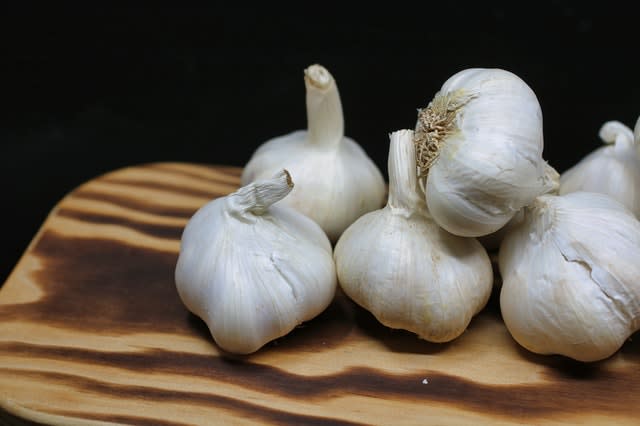
For thousands of years garlic has been considered one of nature’s wonder foods, with healing and rejuvenating powers. Egyptians fed garlic to pyramid crews to boost their immunity and ward off various maladies.
Garlic is a powerful natural antibiotic and antifungal often used to help treat stomach ulcers 9. It can stimulate the lymphatic system to “detox” by expediting the removal of waste products from the body.
It is the compound allicin which confers these antimicrobial benefits but which also gives garlic its pungent characteristic taste and smell that is so offensive to many. Instead of avoiding garlic, black garlic, produced in a natural fermenting process, is a much more palatable and equally nutritious alternative.
Its loss of allicin is made up for the formation of a much higher content of healthful polyphenols and antioxidant capacity compared to normal garlic. It also contains more functional compounds compared to fresh garlic, such as S-allylcysteine (SAC) which is extolled for its potent antioxidant and anti-inflammatory activities 10.
Allicin only forms after physical "injury" to the garlic bulb and its formation is stopped when exposed to heat (cooking) or low pH(stomach acid). So, when preparing garlic chop, mince or crush it and let it sit around for ten minutes to let the allicin form before cooking or eating it.
For black garlic follow the lead of renowned chefs who find its flavoursome profile complements chicken, fish, soup, and risotto dishes extremely well.
- Pistachios

Pistachios have a great nutritional profile being rich in protein, fatty acids, phytochemicals, fibre and antioxidants. Their striking phenol content has a prebiotic effect increasing the good bacteria in the gut 11.
However, their most distinctive immune health feature that separates them from other nuts is their rich content of a hormonal nutrient called melatonin 12.
Melatonin is best known for its ability to control our body clock, called the circadian rhythm, with benefits for improving sleep quality, but it has far more reaching health properties. Primarily, the regulation of our immune systems. It achieves this with potent effects to increase activities of antioxidant enzymes, producing molecules that protect against oxidative stress, and directly scavenging free radicals in the body 13.
Pistachios are rich in raffinose, a hard to digest carbohydrate which normally works as a prebiotic to feed the good bacteria in our guts. However, for certain sensitive individuals, or at times when there is stress in a our guts including when we exercise, raffinose can cause upset 14.
To reduce the raffinose content of your pistachios, bake them under low temperature (50-100 degrees Celsius) for up to an hour.
- Shellfish

The benefits of seafood consumption on immune health are manifold. Seafood is especially high in omega-3 fatty acids which improve the function of all elements of our immune system, potently downregulating inflammation 15.
Seafood is also an excellent source of protein with shellfish, in general, having higher protein contents than finfish. Shellfish also contains the protein paramyosin which is rich in glutamic acid, an essential amino acid in times of immune strain.
But most acclaimed of the immune supporting accolades of shellfish consumption is their substantial content of the minerals zinc and selenium 16. These essential minerals are often missing in our modern diets with poor zinc intakes and selenium notably absent from the UK food chain.
So critical is sufficient selenium and zinc for immune health, both minerals have been endorsed by the European Food Safety Authority for their importance to the normal function of the immune system and their role in protecting our cells from oxidative stress.
Seafood is the best available dietary source to meet daily needs of dietary selenium and zinc. Notable zinc standouts are Oysters, providing 22mg per 100g intake, and crab, providing 10mg per 100g intake.
For selenium, shrimp, mussels, clams, crab and oyster (ranging from 100 - 30mcg/100g respectively) all contribute meaningful amounts to dietary selenium needs to support immune health.
References
[1] Dai, Xiaoshuang, et al. "Consuming Lentinula edodes (Shiitake) mushrooms daily improves human immunity: A randomized dietary intervention in healthy young adults." Journal of the American College of Nutrition 34.6 (2015): 478-487
[2] Martineau, Adrian R., et al. "Vitamin D supplementation to prevent acute respiratory tract infections: systematic review and meta-analysis of individual participant data." bmj 356 (2017): i6583 https://www.bmj.com/content/356/bmj.i6583
[3] Richardson, David P., Juliet Ansell, and Lynley N. Drummond. "The nutritional and health attributes of kiwifruit: a review." European journal of nutrition 57.8 (2018): 2659-2676
[4] Hemilä, Harri, and Elizabeth Chalker. "Vitamin C for preventing and treating the common cold." Cochrane Database of Systematic Reviews 1 (2013) https://www.cochranelibrary.com/cdsr/doi/10.1002/14651858.CD000980.pub4/abstract
[5] Hunter, Denise C., et al. "Consumption of gold kiwifruit reduces severity and duration of selected upper respiratory tract infection symptoms and increases plasma vitamin C concentration in healthy older adults." British Journal of Nutrition 108.7 (2012): 1235-1245.https://www.ncbi.nlm.nih.gov/pubmed/22172428
[6] Bell, Victoria, et al. "One health, fermented foods, and gut microbiota." Foods 7.12 (2018): 195. https://www.ncbi.nlm.nih.gov/pmc/articles/PMC6306734/
[7] Kalt, Wilhelmina, et al. "Recent research on the health benefits of blueberries and their anthocyanins." Advances in Nutrition 11.2 (2020): 224-236 https://www.ncbi.nlm.nih.gov/pubmed/31329250
[8] Torabian, Golnoosh, et al. "Anti-influenza activity of elderberry (Sambucus nigra)." Journal of functional foods 54 (2019): 353-360 https://www.sciencedirect.com/science/article/abs/pii/S1756464619300313
[9] Papu, Singh, et al. "Medicinal values of garlic (Allium sativum L.) in human life: an overview." Greener Journal of Agricultural Sciences 4.6 (2014): 265-280 https://pdfs.semanticscholar.org/4ca8/59ec58ed7b6784181410dd9efd6454a34076.pdf>https://pdfs.semanticscholar.org/4ca8/59ec58ed7b6784181410dd9efd6454a34076.pdf
[10] Kimura, Shunsuke, et al. "Black garlic: A critical review of its production, bioactivity, and application." Journal of food and drug analysis 25.1 (2017): 62-70 https://www.ncbi.nlm.nih.gov/pubmed/28911544
[11] Das, Manika, and Fatema Abdulhusain Hyderabadwala. "The study of prebiotic potential of peanuts and pistachios: The stimulatory effect on Lactobacillus growth." Journal of Pharmacognosy and Phytochemistry 8.3 (2019): 2404-2407.
[12] Oladi, Elham, et al. "Spectrofluorimetric determination of melatonin in kernels of four different Pistacia varieties after ultrasound-assisted solid–liquid extraction." Spectrochimica Acta Part A: Molecular and Biomolecular Spectroscopy 132 (2014): 326-329.
[13] Pohanka, Miroslav. "Impact of melatonin on immunity: a review." Central European Journal of Medicine 8.4 (2013): 369-376.
[14] Nieman, David C., et al. "Influence of pistachios on performance and exercise-induced inflammation, oxidative stress, immune dysfunction, and metabolite shifts in cyclists: a randomized, crossover trial." PLoS One 9.11 (2014) https://journals.plos.org/plosone/article?id=10.1371/journal.pone.0113725
[15] Gutiérrez, Saray, Sara L. Svahn, and Maria E. Johansson. "Effects of Omega-3 Fatty Acids on Immune Cells." International journal of molecular sciences 20.20 (2019): 5028 https://www.mdpi.com/1422-0067/20/20/5028
[16] Venugopal, Vazhiyil, and Kumarapanicker Gopakumar. "Shellfish: nutritive value, health benefits, and consumer safety." Comprehensive Reviews in Food Science and Food Safety 16.6 (2017): 1219-1242 https://onlinelibrary.wiley.com/doi/full/10.1111/1541-4337.12312
